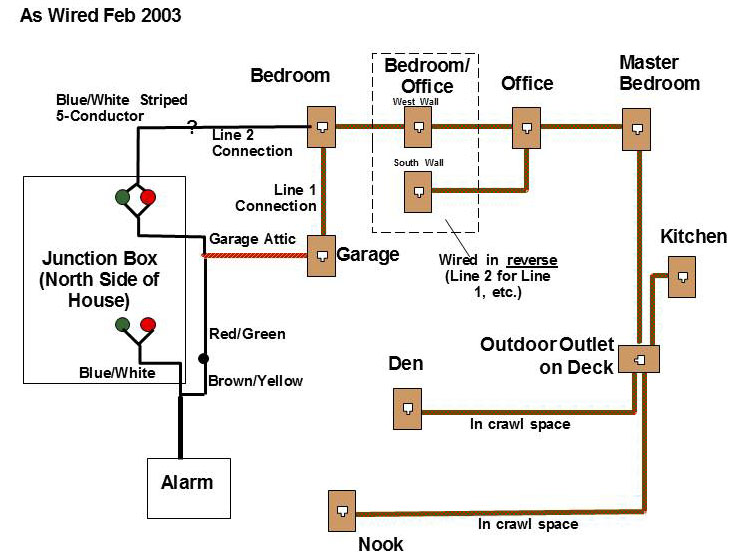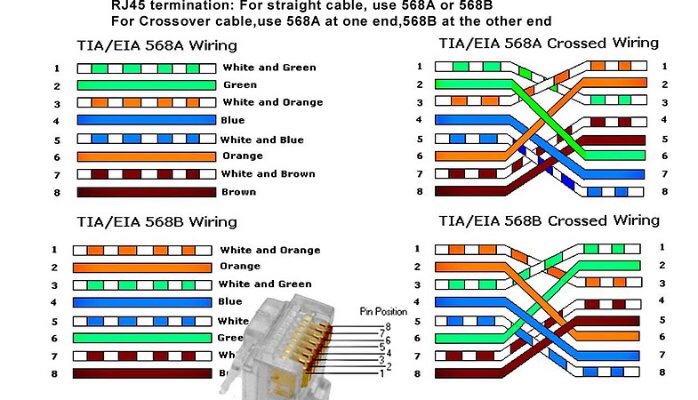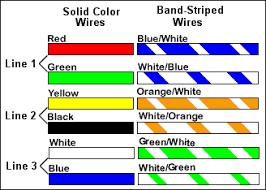wanttaja
En-Route
Our house was built ~25 years ago, many rooms have phone jacks.
About four years ago, we switched to a VOIP system, and Xfinity added a modem at the entry point that plugs into the existing wiring.
Recently, we started having some problem with static on the phone lines (we have two lines). At times, the lines would go completely dead. Other times, both worked just fine.
We had the service truck out, replaced the modem, but they said the phone problem was due to issues with the with the phone lines in the house. They pointed out that all the lights on the modem would flash when a phone in the house was taken off-hook. That, supposedly, meant there was a short in the line.
I agree that the issue is in the lines. If I plug a phone base station directly into the modem (disconnecting the house wiring) things work correctly and the lights don't start flashing.
However....I'm wracking my brains at what they describe as a "short" in the phone lines. When I use an ohmmeter on the house lines (disconnected from the modem), it doesn't show a short (all the phones inside are unplugged).
Also, as I mentioned, the modem lights all start flashing when a phone is taken off-hook. But why would it "short" when that happens...using several different phones? Why doesn't hanging up end the short (the lights don't stop flashing until the phone lines to the house is physically disconnected to the modem)?
Anybody got any good test techniques to chase down this wiring issue?
Ron Wanttaja
About four years ago, we switched to a VOIP system, and Xfinity added a modem at the entry point that plugs into the existing wiring.
Recently, we started having some problem with static on the phone lines (we have two lines). At times, the lines would go completely dead. Other times, both worked just fine.
We had the service truck out, replaced the modem, but they said the phone problem was due to issues with the with the phone lines in the house. They pointed out that all the lights on the modem would flash when a phone in the house was taken off-hook. That, supposedly, meant there was a short in the line.
I agree that the issue is in the lines. If I plug a phone base station directly into the modem (disconnecting the house wiring) things work correctly and the lights don't start flashing.
However....I'm wracking my brains at what they describe as a "short" in the phone lines. When I use an ohmmeter on the house lines (disconnected from the modem), it doesn't show a short (all the phones inside are unplugged).
Also, as I mentioned, the modem lights all start flashing when a phone is taken off-hook. But why would it "short" when that happens...using several different phones? Why doesn't hanging up end the short (the lights don't stop flashing until the phone lines to the house is physically disconnected to the modem)?
Anybody got any good test techniques to chase down this wiring issue?
Ron Wanttaja

 Especially old rotary phones where the metal tab to stop your finger when dialing was exposed and connected to the metal case of the phone.
Especially old rotary phones where the metal tab to stop your finger when dialing was exposed and connected to the metal case of the phone. 

